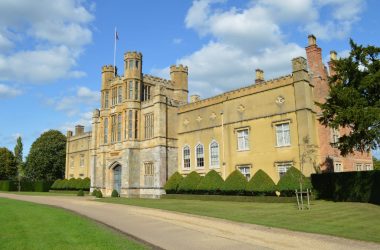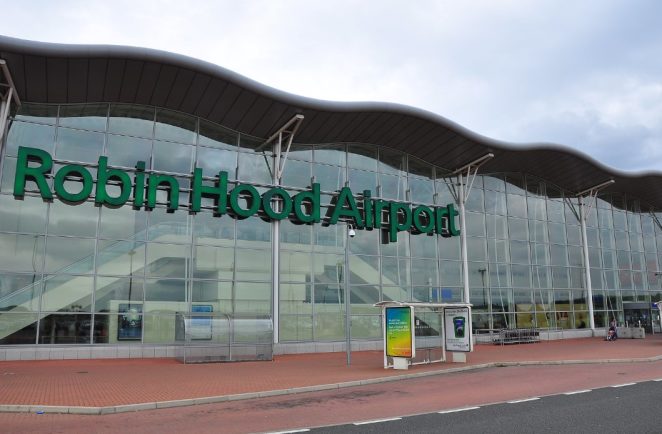Looking for some historical sites that are a bit more out of the box? Let’s take a look at a couple of ancient historical sites in the most surprising locations.
Robin Hood’s Well
Over the years, the myths and legends of the medieval era like King Arthur and Robin Hood have inspired a wide range of different media, from TV shows to novels, films, and music. In fact, these legends have even inspired online casino games, with online slots like Archer, Arthur and the Round Table, The Knight King, Fire Archer, and Red Knight. In the 1700s, this was no different – particularly when it comes to characters like the infamous archer Robin Hood. One of the more obscure historical sites that this inspired is an 18th-century well built near Doncaster, South Yorkshire.
Now found on the side of the A1 in Barnsdale, near Burghwallis, the well was given its name by the third Earl of Carlisle, Charles Howard, in an attempt to legitimise the area’s claim to be the home of the Robin Hood legends. The same tactic was seen over 300 years later, when the area’s airport was unveiled as Doncaster-Sheffield Robin Hood Airport.

However, this site is more than an 18th-century marketing scheme – BBC historian Professor Michael Wood actually believes that the well sits on the battlefield of the Battle of Brunanburh.That’s right, the legendary battle where the West Saxons fought off the Vikings could have taken place on the site of a Doncaster motorway’s lay-by! In fact, Brunanburh could literally translate to “the fort at the spring”, which Wood proposes refers to, of course, Robin Hood’s Well.
Coughton Cross
And last, but by no means least, is a surprising historical site closer to home – the Coughton Cross – which is an ancient mark stone located at the southwestern corner of the Forest of
Arden. Mark stones were used by people as far back as the Neolithic age to mark pathways and specific locations. Roman settlers later utilised these mark stones to mark crossroads and fortifications. Due to the prominence of these sights, you will find that many medieval churches are built on or near the sites of these mark stones.
As the site in Arden is situated so close to the forest, at the junction of the old salt track and Icknield Street, this mark stone gained more significance, with travellers stopping at the stone to pray for a safe journey through the forest. Because of this religious importance, a cross was built on the site of the mark stone. The stump and base of the cross is all that remains today, with a platform of three steps. Nevertheless, this site carries with it interesting insight into a tradition that endured from the Neolithic age right through to the medieval era, making it a unique spot to visit, especially if you combine the trip with the more popular tourist destination of Coughton Court.

Coughton Court itself has a fascinating history that intertwines with the Tudor family themselves. One family of residents, the Throckmortons, became infamous because of their involvement in Henry VII’s divorce from Catherine of Aragon, the Throckmorton Plot, and even the Gunpowder Plot.
As you can see, there is so much more history to be enjoyed than your average mainstream stately home. There are many sites of massive importance where you least expect them, be it off the side of the motorway or in the nearby countryside.











